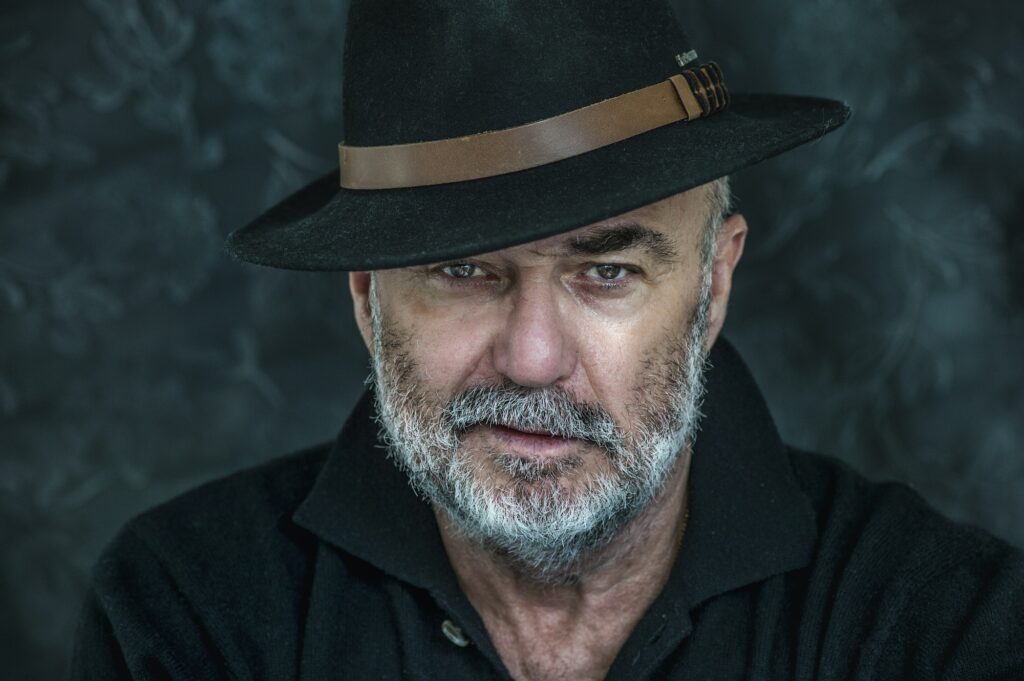
As photographers, we often strive to capture the world around us, documenting scenes and moments that catch our eye. However, one of the most rewarding subjects we can focus on is people. In this article, we explore the art of portrait photography, where the goal is to capture not just a person’s face, but their character, emotions, and story.
The Basics of a Good Portrait
Creating a compelling portrait is about more than just a well-exposed, in-focus shot. It’s about capturing a sense of the subject’s personality and presenting it in an engaging way. Eye contact can be a powerful tool for connecting the viewer with the subject, but averted eyes can also create a sense of mystery or introspection.
Understanding Light in Portraits
As with any form of photography, light plays a pivotal role in portrait photography. Soft, diffused light often works well, as it illuminates your subject evenly and minimizes harsh shadows. Window light, overcast days, or the use of a reflector or diffuser can help achieve this.
Background and Composition
A simple background that doesn’t distract from the subject is typically a good choice for portrait photography. However, the right background can add depth, context, and visual interest to your portrait. Composition-wise, don’t be afraid to break the mold of center-framed subjects. Experiment with different angles and framing.
The Power of Poses
The way your subject is posed can significantly affect the outcome of your portrait. Encourage natural, relaxed poses to avoid stiff or awkward looking photos. Capture a range of expressions and movements to bring out the subject’s personality.
Technical Settings
In terms of camera settings, a wide aperture (like f/1.8 or f/2.8) can create a shallow depth of field, keeping the subject sharp while blurring the background. This helps your subject stand out. A longer lens, such as an 85mm or 100mm, can provide flattering perspective and compression.
Building Rapport
Possibly the most critical aspect of portrait photography is building a connection with your subject. Engage in conversation, show interest in them, and put them at ease. This rapport will shine through in your portraits, resulting in a more natural and genuine expression.
Post-Processing
Post-processing in portrait photography can enhance the final image. Subtle adjustments to exposure, contrast, and color can go a long way. Skin retouching can be done, but remember to keep it natural and avoid overdoing it.
In Conclusion
Portrait photography is a deeply rewarding genre that allows photographers to connect with people on a personal level and tell their stories through images. It’s a delicate balance of technical skill, artistic vision, and interpersonal rapport. But when done right, you create not just a portrait, but a window into the subject’s soul. So grab your camera, find a subject, and start capturing the essence of people.